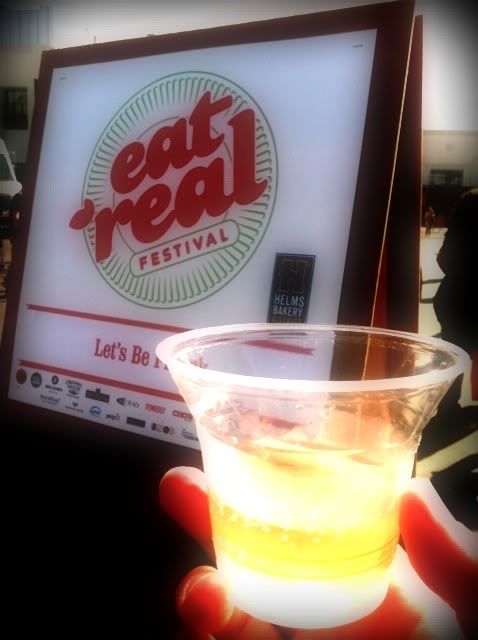I'm always on the lookout for another nice spot to pop into and taste some wine. Barely open a month at this writing is 3Twenty Wine Lounge, located appropriately enough at 320 South La Brea Avenue in Los Angeles.
I stopped in recently and had the pleasure of chatting with proprietor Edgar Poureshagh, a certified sommelier and card-carrying wine geek. Poureshagh has spun his experience and connections as a distributor into a Miracle Mile wine bar, with a kitchen that produces a small plate menu.
He says the idea is to "have some small portions that can be paired with tastes of wine. People can gain experience in pairing wine with food this way, and it's a great way to broaden your palate."
Wine is available by the bottle, glass or taste, dispensed in 1.7-ounce servings from several automatic machines. The price for each taste varies depending on the price of the wine. Most are in the three to five-dollar range, with the top end being $15 for a sample of the '87 Spring Mountain Cabernet Sauvignon.
In this family operation - Poureshagh is joined by his wife and parents in the venture - the wines center on family-run wineries. "I'm trying to stay away from corporate wines and serve smaller-production wines with a lot more character. I love wines with a story," he says. He also knows plenty of those wine stories and loves to share them when he has the chance. One of his favorite family-run wineries is R.H. Coutier. They've been making wine for 500 years in France's Champagne region.
He points out that most of the wines at 3Twenty are sold below typical restaurant prices, and he works an array of sources to secure the wines he wants to carry. "We buy our wine direct from about 10 wineries and use over two dozen brokers and distributors to find the right wines." Eight beers are also on the list, in case you're not in the mood for wine. That's a situation that's hard to imagine once you are inside 3Twenty.
Poureshagh is proud of his new place, and of his staff. During conversation with him, it's easy to feel his passion for wine and his pleasure at having this wine bar open for business. He says they are doing the same thing other wine bars are doing, just differently. "We're not reinventing the wheel, just making a really shiny wheel."
Here are the wines I sampled from the automatic wine dispenser system at 3Twenty:
Seghesio Zinfandel 2009 - spice and chocolate
Borsao Tres Picos Garnacha 2009 - dark and dusty
Masi Costasera Amarone 2006 - cassis, blackberry and raisins, laced with minerality
Mayacamas Mt. Veeder Cabernet Sauvignon 2005 - astounding minerality, perfect tannins
Lioco Sonoma Chardonnay 2009 - big and creamy
Francois Chidaine Montlouis Les Tuffeaux 2008 - Loire Chenin Blanc, lovely, nutty accents
Karthauserhof Riesling Spatlese 2007 - great slate
Bert Simon Riesling Auslese 2002 Serrig Herrenberg - petrol and just enough sweetness
Follow Randy Fuller on Twitter.
I stopped in recently and had the pleasure of chatting with proprietor Edgar Poureshagh, a certified sommelier and card-carrying wine geek. Poureshagh has spun his experience and connections as a distributor into a Miracle Mile wine bar, with a kitchen that produces a small plate menu.
He says the idea is to "have some small portions that can be paired with tastes of wine. People can gain experience in pairing wine with food this way, and it's a great way to broaden your palate."
Wine is available by the bottle, glass or taste, dispensed in 1.7-ounce servings from several automatic machines. The price for each taste varies depending on the price of the wine. Most are in the three to five-dollar range, with the top end being $15 for a sample of the '87 Spring Mountain Cabernet Sauvignon.
In this family operation - Poureshagh is joined by his wife and parents in the venture - the wines center on family-run wineries. "I'm trying to stay away from corporate wines and serve smaller-production wines with a lot more character. I love wines with a story," he says. He also knows plenty of those wine stories and loves to share them when he has the chance. One of his favorite family-run wineries is R.H. Coutier. They've been making wine for 500 years in France's Champagne region.
He points out that most of the wines at 3Twenty are sold below typical restaurant prices, and he works an array of sources to secure the wines he wants to carry. "We buy our wine direct from about 10 wineries and use over two dozen brokers and distributors to find the right wines." Eight beers are also on the list, in case you're not in the mood for wine. That's a situation that's hard to imagine once you are inside 3Twenty.
Poureshagh is proud of his new place, and of his staff. During conversation with him, it's easy to feel his passion for wine and his pleasure at having this wine bar open for business. He says they are doing the same thing other wine bars are doing, just differently. "We're not reinventing the wheel, just making a really shiny wheel."
Here are the wines I sampled from the automatic wine dispenser system at 3Twenty:
Seghesio Zinfandel 2009 - spice and chocolate
Borsao Tres Picos Garnacha 2009 - dark and dusty
Masi Costasera Amarone 2006 - cassis, blackberry and raisins, laced with minerality
Mayacamas Mt. Veeder Cabernet Sauvignon 2005 - astounding minerality, perfect tannins
Lioco Sonoma Chardonnay 2009 - big and creamy
Francois Chidaine Montlouis Les Tuffeaux 2008 - Loire Chenin Blanc, lovely, nutty accents
Karthauserhof Riesling Spatlese 2007 - great slate
Bert Simon Riesling Auslese 2002 Serrig Herrenberg - petrol and just enough sweetness
Follow Randy Fuller on Twitter.
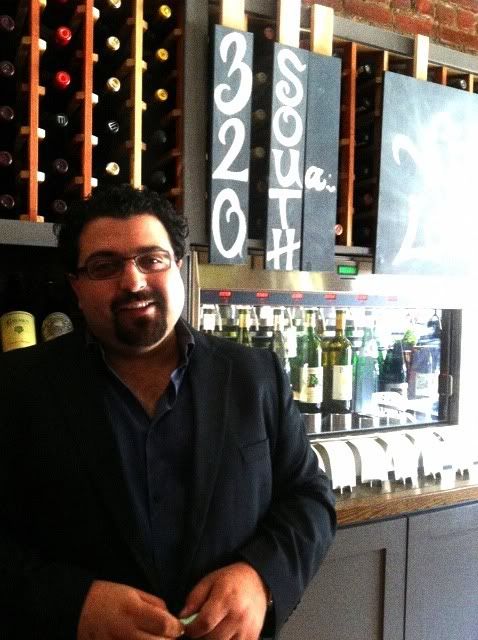

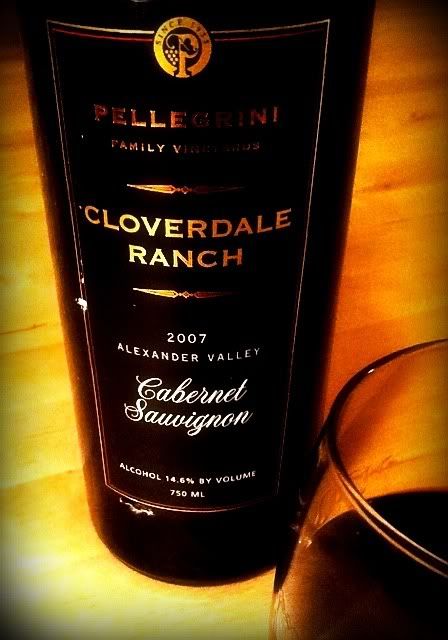
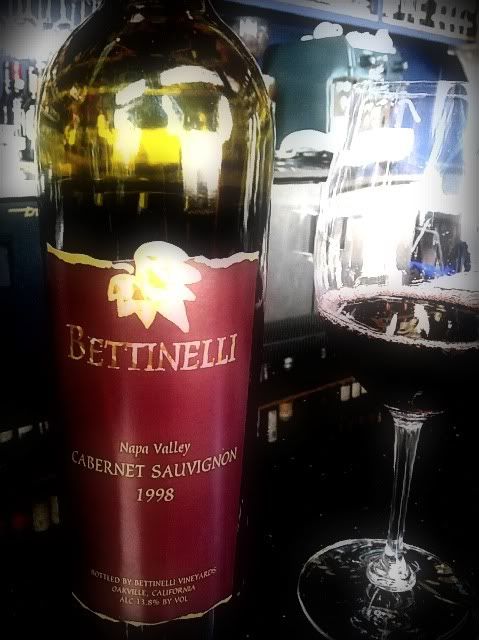

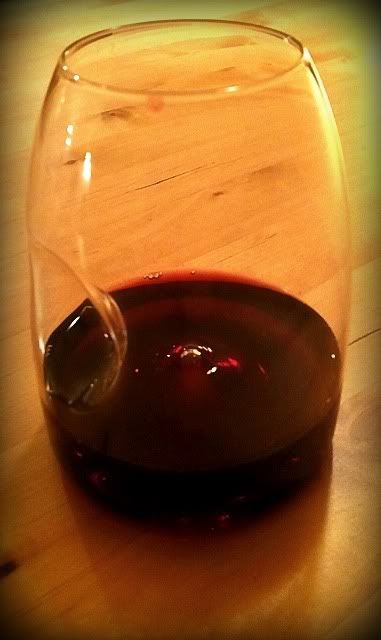

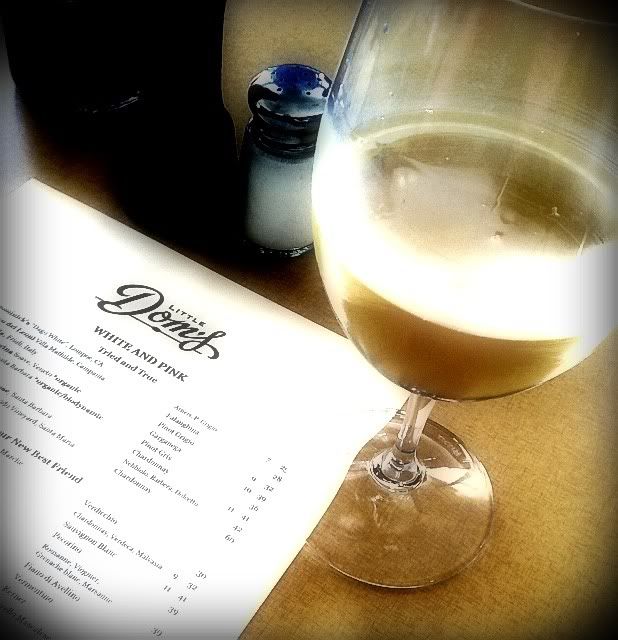
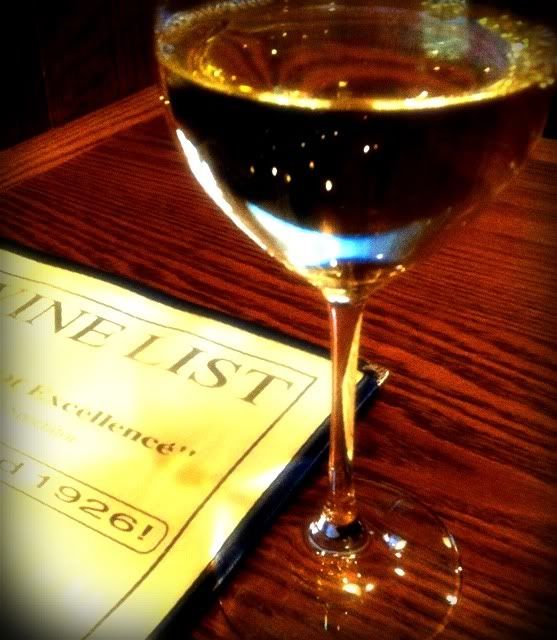

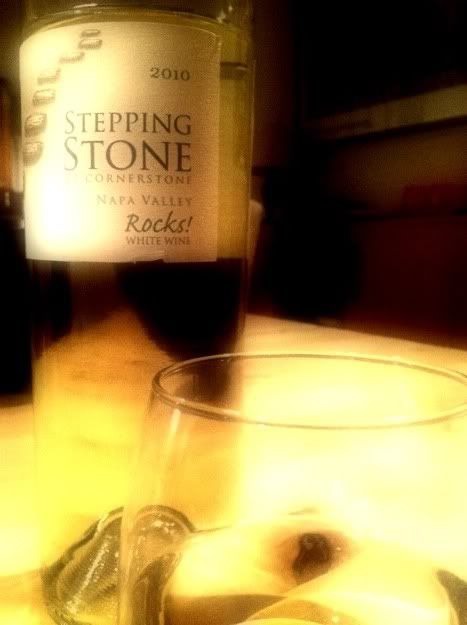

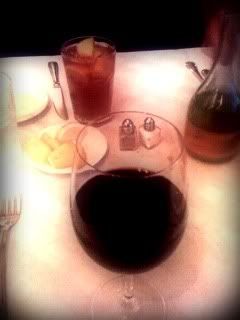
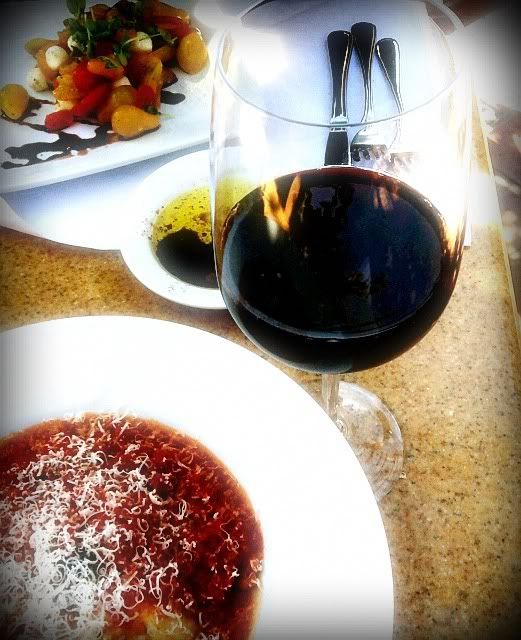
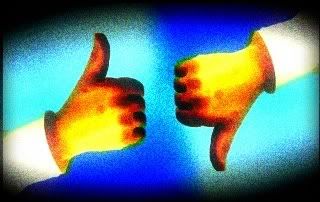

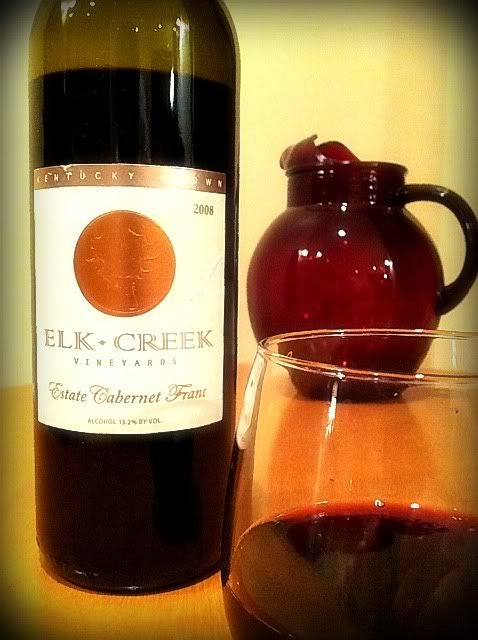 Elk Creek Vineyard's Estate Cabernet Franc 2008 is the second vintage of this wine from Elk Creek. Cab Franc is considered by the University of Kentucky to be
Elk Creek Vineyard's Estate Cabernet Franc 2008 is the second vintage of this wine from Elk Creek. Cab Franc is considered by the University of Kentucky to be 
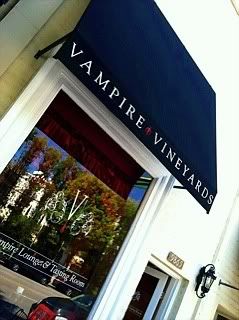
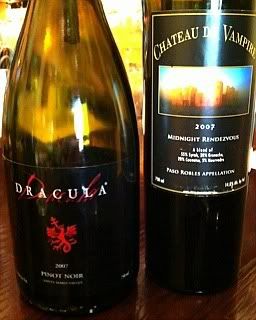 The Dracula Pinot Noir 2007 is made from Santa Maria grapes - picked before sunrise, of course. The wine spent 18 months in French oak. It has a big, rich nose and big, rich flavors to match. Cherry and raspberry notes dominate in properly dark fashion.
The Dracula Pinot Noir 2007 is made from Santa Maria grapes - picked before sunrise, of course. The wine spent 18 months in French oak. It has a big, rich nose and big, rich flavors to match. Cherry and raspberry notes dominate in properly dark fashion.